Mulch is very important for a vegetable garden. It helps keep the soil healthy. Mulch also protects plants from weeds. It can help keep the soil moist. This is great for growing vegetables. In this article, we will explore the best types of mulch for your garden.
What is Mulch?
Mulch is a layer of material. It is placed on top of the soil. Mulch can be made from many things. Common materials include leaves, straw, wood chips, and grass clippings. Mulch has many benefits. Let’s look at some of them.
Benefits of Using Mulch
- Weed Control: Mulch blocks sunlight. This helps stop weeds from growing.
- Moisture Retention: Mulch keeps the soil damp. This helps plants grow better.
- Soil Temperature Regulation: Mulch keeps the soil warm in winter and cool in summer.
- Nutrient Addition: Some mulches break down. They add nutrients to the soil.
- Soil Erosion Prevention: Mulch protects the soil from heavy rain.
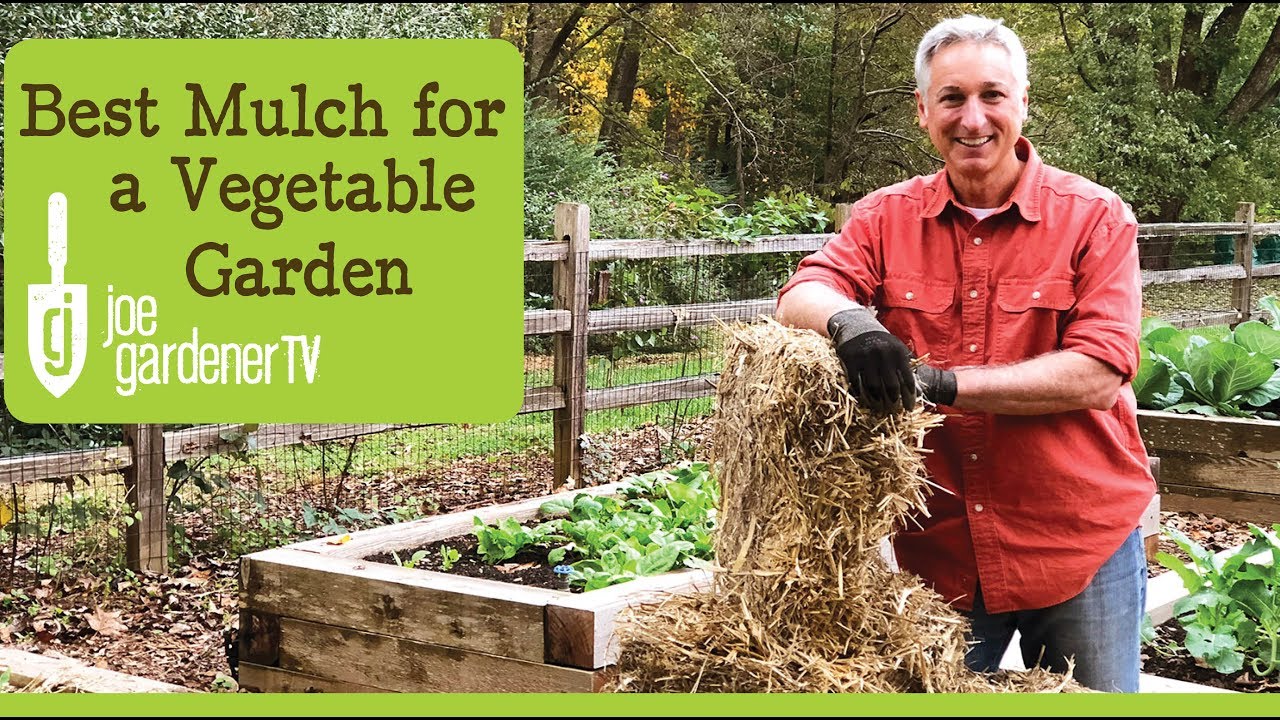
Credit: www.youtube.com
Types of Mulch for Vegetable Gardens
There are many types of mulch. Each type has its own benefits. Let’s look at some of the best options.
1. Wood Chips
Wood chips are a popular choice. They are made from small pieces of wood. Wood chips are good for gardens. They break down slowly. This means they last a long time. They also help with moisture retention. However, they can attract some pests. Be careful when using them.
2. Straw
Straw is another great option. It is lightweight and easy to spread. Straw helps to keep the soil warm. It also keeps weeds down. Straw breaks down faster than wood chips. This means it adds nutrients to the soil quicker. It is best for summer gardens.
3. Grass Clippings
Grass clippings are easy to find. They are free if you mow your lawn. Grass clippings are rich in nitrogen. This helps plants grow strong. Use clippings in thin layers. Too much can create a mess. It can also smell bad if it gets too thick.
4. Leaves
Leaves are a natural choice. They fall from trees in autumn. You can collect them for free. Shredded leaves work best. They break down faster and are easier to spread. Leaves improve soil health. They also add nutrients as they decompose.
5. Compost
Compost is made from rotting food and plants. It is rich in nutrients. It helps plants grow healthy. Compost can be used as mulch. It adds organic matter to the soil. This improves soil structure and fertility. You can make your own compost at home.
6. Pine Needles
Pine needles are great for mulch. They are long-lasting and light. They do not compact easily. This allows water to flow through. Pine needles can also help acidify the soil. This is good for some plants.
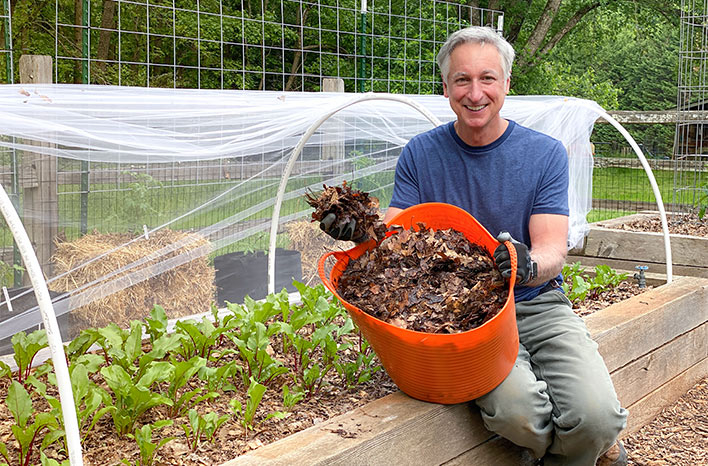
Credit: joegardener.com
How to Apply Mulch
Applying mulch is simple. Here are some steps to follow:
- Choose the type of mulch you want to use.
- Prepare your garden bed. Remove weeds and debris.
- Spread a layer of mulch. Aim for 2-3 inches thick.
- Keep mulch away from plant stems. This helps prevent rot.
- Water the mulch lightly. This helps it settle in.
When to Apply Mulch
The best time to apply mulch is in spring. This helps keep the soil moist as it warms up. You can also add mulch in fall. This protects plants during winter. It also keeps weeds down.
Common Mistakes to Avoid
When using mulch, avoid these mistakes:
- Applying too much mulch. This can suffocate plants.
- Using fresh wood chips. They can take nutrients from the soil.
- Not keeping mulch away from plant stems. This can cause rot.
- Ignoring the type of plants. Some plants prefer different soil conditions.
Conclusion
Choosing the best mulch for your vegetable garden is important. Each type of mulch has its own benefits. Wood chips, straw, grass clippings, leaves, compost, and pine needles are all good options. They help keep the soil healthy and support plant growth. Remember to apply mulch correctly. This will help your garden thrive. Happy gardening!

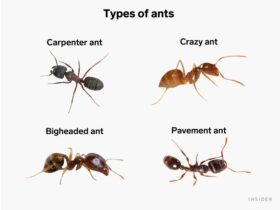
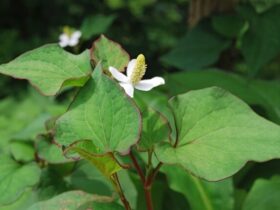
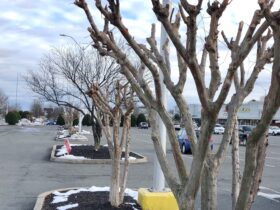

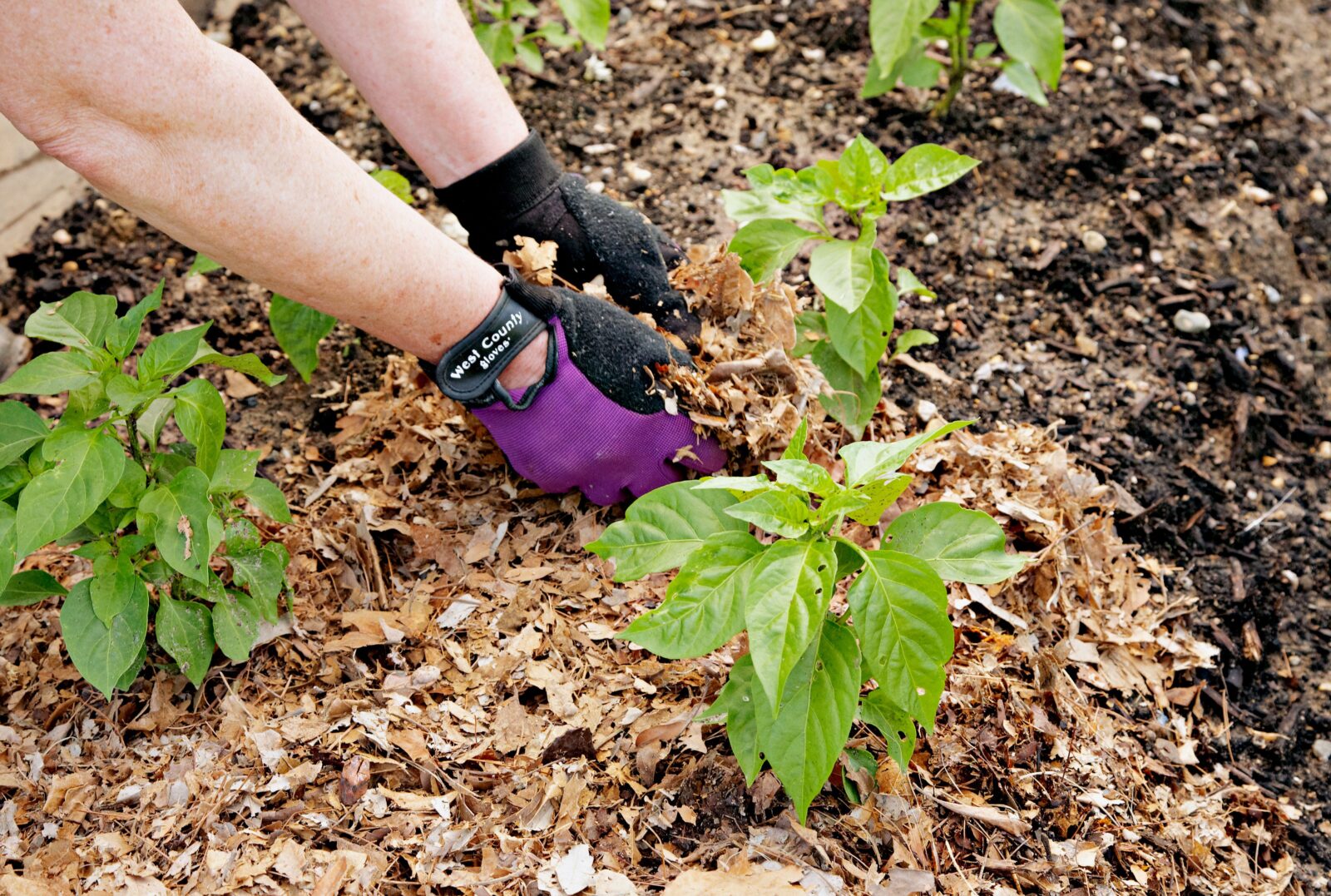
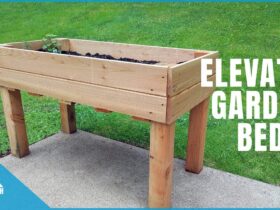
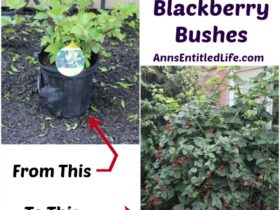

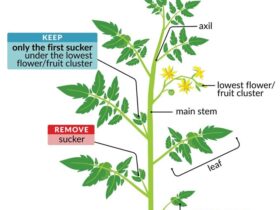
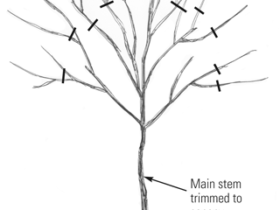

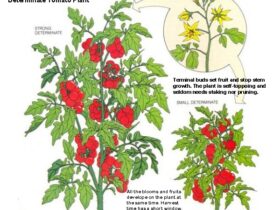
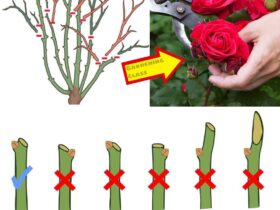
Leave a Review